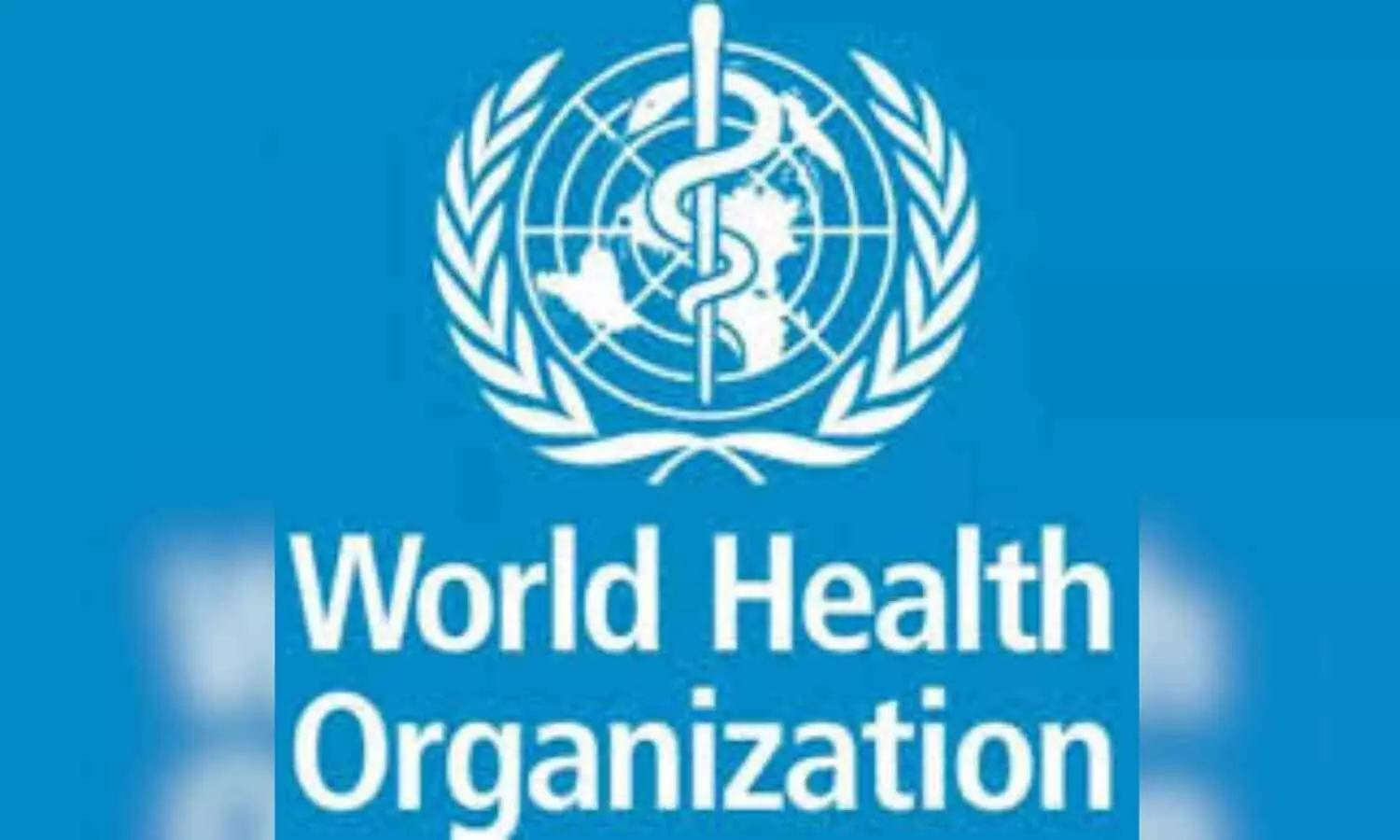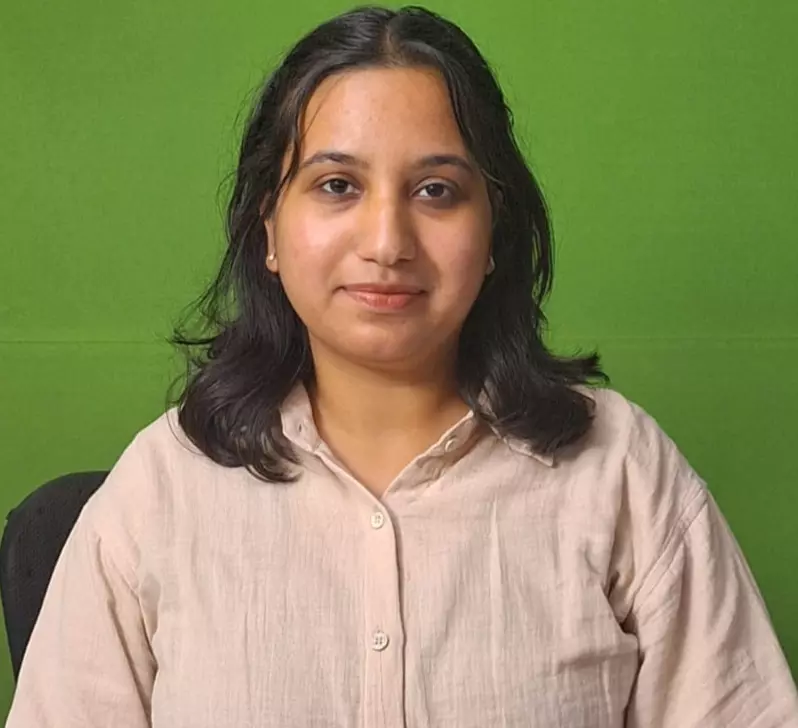WHO Urges Adolescent-Focused Health Systems, Highlights Triple Dividend Benefit

Kathmandu: The World Health Organization called on countries in the South-East Asia Region to make sure their health systems address the specific needs of adolescents, emphasizing its 'triple dividend' advantage, which includes immediate, future, and intergenerational benefits.
“Adolescence, from 10 to 19 years of age, is a time of distinctive development - cognitive, social, physical, emotional, and sexual. Adolescents require special attention in national health and development policies, due to their unique needs,” said Saima Wazed, Regional Director, WHO South-East Asia, in her address to the ongoing three-day ‘Regional Meeting to Achieve Universal Health Coverage for Adolescent Population through Adolescent Responsive Health Systems,’ here.
There is strong evidence of high cost-effectiveness and benefit cost ratios from investing in adolescent health and well-being – for every dollar invested in adolescent health, there is an estimated 5-10 times return from health, social and economic benefits.
Nearly 670 adolescents die in WHO South-East Asia Region every day. There is a high burden of morbidity due to many causes, ranging from adolescent pregnancy, mental health, nutrition, noncommunicable diseases, self-harm, and more.
While most adolescent health issues are preventable or treatable, there is ample evidence that adolescents face multiple barriers in accessing health care and information, and these challenges were amplified during the COVID-19 pandemic.
Over the past decade, our Region has observed significant political, technical, and programmatic advances to prioritize adolescent health and well-being. This has led to favorable policies, and national programs and strategies on adolescent health, including school health. However, funding, lack of accountability, fragmented implementation with poor coverage and quality, and unavailability of quality disaggregated data continue to be among the key challenges, the Regional Director said.
“Our health systems have not achieved the same level of ‘adolescent-centricity’ as other age groups. They, along with the health service delivery platforms, are primarily designed for disease management or for other specific age groups such as mothers, children or adults”, the Regional Director said.
Efforts at institutionalizing adolescent-friendly services have primarily focused on individual facilities, rather than on institutionalizing adolescent-friendly elements into health systems. They have prioritized sexual and reproductive health, and curative services, rather than comprehensive packages of services which include mental health, non-communicable diseases, prevention of violence, and such, she said.
“Designing and creating adolescent-responsive health systems is vital. There is also a need to incorporate the views of adolescents and their families in designing and implementing these health services. We need to ensure their access to high-quality, inclusive, and respectful health services. Adolescents should be able to avail these services anywhere they choose, and without any restrictions, financial or otherwise. This will also strengthen comprehensive primary health care, moving us closer to our Universal Health Coverage goals,” Wazed said.
The Regional Director reiterated WHO’s commitment to investing in the health of women, girls, adolescents, and vulnerable populations, which is one of the five tactical approaches for a healthier, more equitable and sustainable WHO South-East Asia Region.


